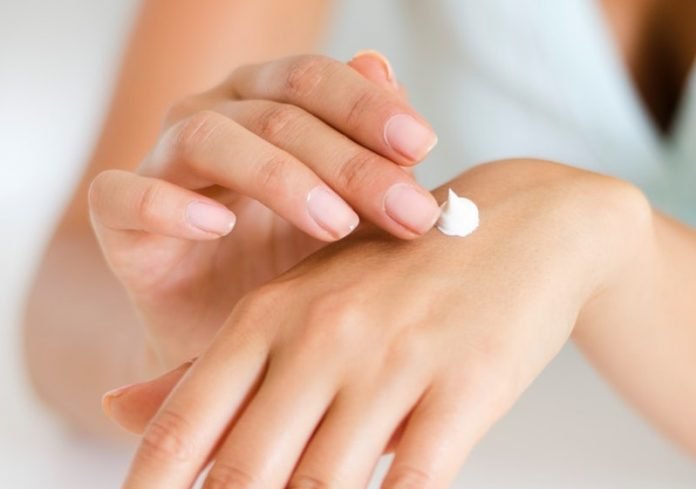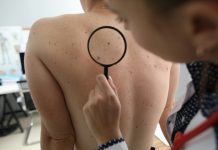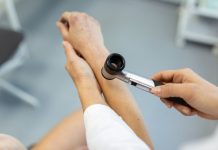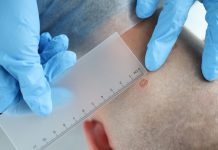
In the U.S., almost 9,500 new cases of skin cancer are diagnosed each day, and it very important that people can have good prevention methods.
Sunscreen is an important way to protect people from skin cancer, but many people use it incorrectly and get their skin injured by the sun.
F. Clarissa Yang, the Harvey B. Ansell Professor of Dermatology at Tufts University School of Medicine, offers her advice for making the most of sunscreen and other sun blockers.
According to her, there are eight things people need to know:
You may need to use more sunscreen.
You’ll need at least a teaspoon for each leg, another for your chest, and a third for your back. Then it’s a half teaspoon each for your face, your neck, and each arm.
Rub it in well, even if you’re using a spray.
You may need to put it on more frequently.
It is important to reapply it every two hours, and right after swimming, exercising, sweating, or toweling dry (ears, back of the neck, and exposed skin near clothing are most overlooked).
And you shouldn’t be baking in the sun for hours anyway.
High SPF is more protective.
Yang recommends at least SPF 30+, and 50+ is even better.
There are different types of sunscreen.
Physical sunscreens, or mineral sunscreens”, can sit on the skin and reflect UV light away, while chemical sunscreens are absorbed into the skin and quench the UV rays.
Recent research has found that most chemical sunscreens perform better than physical sunscreens.
What is most important is that the sunscreen is broad spectrum, covering both UVA and UVB.
You may need to use sunscreen every day of the year.
The need depends a bit on where you live. Australia has no ozone layer and reports the highest incidence of melanoma in the world, and daily sunscreen is a must.
Pay attention to the expiration date of your sunscreen.
it’s also not good to leave in the car since the heat can change the integrity of the sunscreen.
Covering up with clothes is always good protection.
Clothes with a UPF (Ultraviolet Protection Factor) rating may protect you better than the average T-shirt since it tends to have a tight weave and has been tested for its protection.
But even without a UPF rating, clothing is still generally excellent sun protection. Add a hat with at least a 3-inch brim and sunglasses with 100 percent UV protection.
Tanning is always harmful to your skin.
Having a tan color is a skin’s response to injury and it can lead to faster aging. Tanning can increase people’s skin cancer risk.
Copyright © 2019 Knowridge Science Report. All rights reserved.



